Order Your Inspection Now!
Radon & Mold Testing

In addition to residential and commercial property inspections, we also conduct Radon and Mold testing – either as part of the inspection or individually.
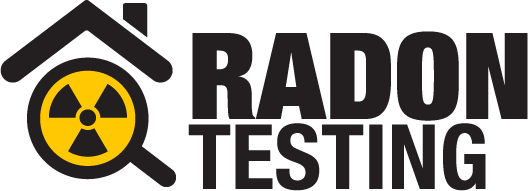
What is Radon?
Radon is an odorless gas that occurs from the natural breakdown of uranium in soil, rock and water. The release of this radioactive gas enters the air you breathe, causing a potential health risk. It is the 2nd leading cause of lung cancer. Radon levels are higher in the Midwest including Omaha and Lincoln areas. Approximately 50% of homes we test come in over 4.0 picocuries which is the action level set by the EPA.
Radon Levels in Our Area
The states of Nebraska and Iowa estimate that the following counties in our area have a certain percentage of homes with high levels of radon:
- Douglas 51%
- Washington 67%
- Sarpy 60%
- Saunders 67%
- Pottawattamie County (IA) 55%
How Does Radon Enter the Home?
Typically the air pressure inside your home is lower than the pressure in the soil around your home’s foundation. Because of this difference, your home acts like a vacuum, drawing in radon gas through foundation cracks and other openings of your home, such as construction joints, water supply lines and any cracks or gaps in the structure.
Should You Test For Radon?
Testing is the only way to find out about your home’s radon level. The Environmental Protection Agency (EPA), the Surgeon General and The Nebraska Department of Health and Human Services recommend testing of all homes. If you find that the home has high radon levels, there are simple methods to mitigate the problem. Even very high levels can be reduced to acceptable levels.

What is Mold?
Molds are fungi. Molds grow throughout the natural and built environment. Tiny particles of mold are present in indoor and outdoor air. In nature, molds help break down dead “spores” which are very tiny and spread easily through the air. Live spores act like seeds, forming new mold growths (colonies) when they find the right conditions.
What does Mold need to Grow?
Mold only needs a few, simple things to grow and multiply:
- Moisture (humidity, water leak, etc.)
- Nutrients (dust, wallpaper, drywall, cardboard or wood) Suitable place to grow (almost anywhere)
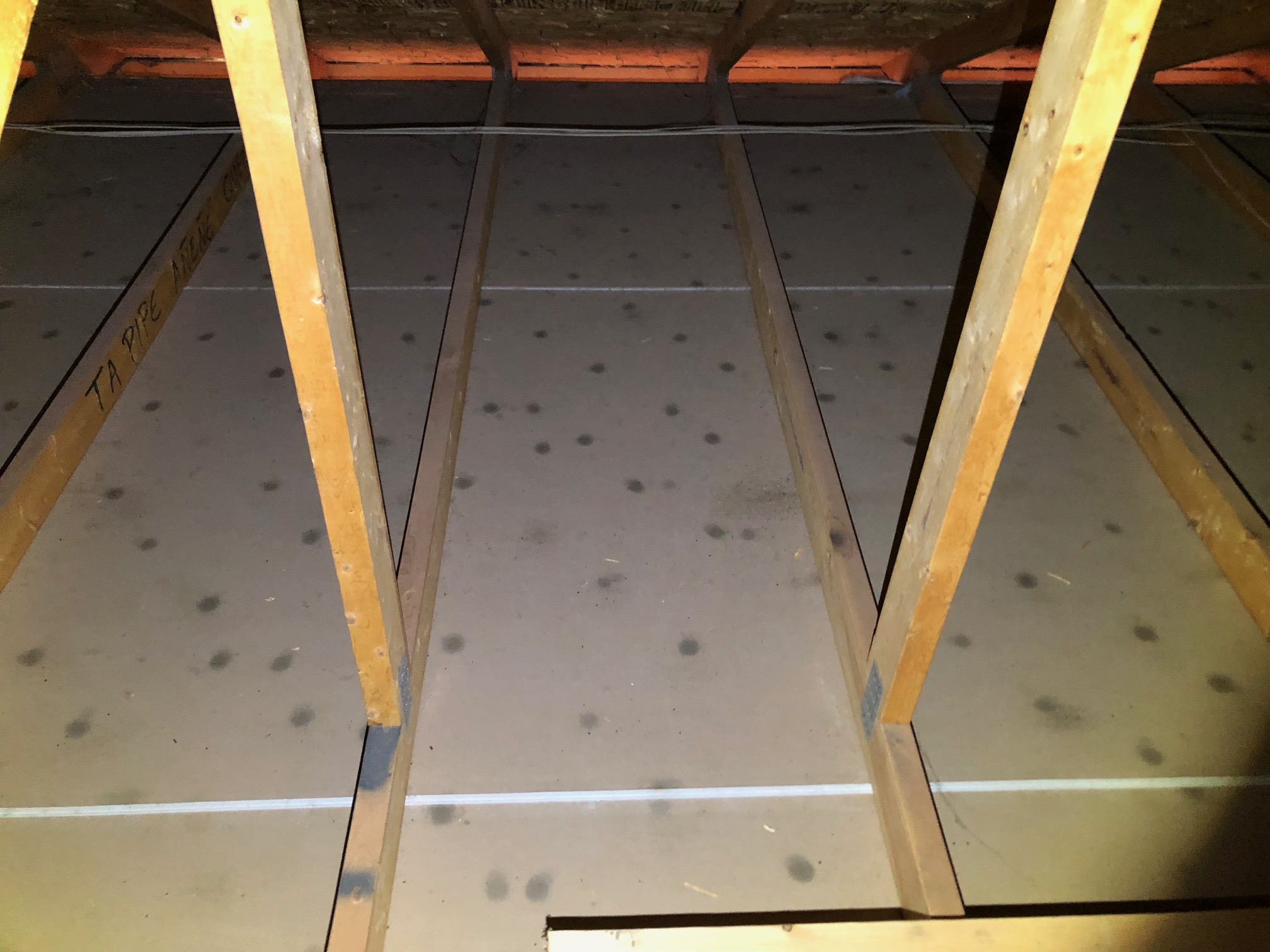
Why Test for Mold before You Buy a Home?
Mold growth is often not visible in a home. For instance, when moisture finds its way into the air ducts, behind wallpaper, or in between two walls, it is the perfect habitat for mold spores to live and grow because mold feeds on dust as well as drywall material.
Health Effects of Mold Infestation
The most common health problems caused by indoor mold are allergy symptoms. Although other and more serious problems can occur, people exposed to mold commonly report problems such as:
- Nasal and sinus congestion
- Coughing
- Wheezing and breathing difficulties
- Sore throat
- Skin and eye irritation
- Upper respiratory infections (including sinus)
Mold causes serious health problems and can destroy the structural integrity of a home. Remediation can cost thousands of dollars. Testing is the only way to identify if there is a mold problem, even when there is no visible mold growth.
OTHER TYPES OF INSPECTIONS

Pre-Listing Seller’s Inspections
This type of inspection is typically conducted prior to putting the house on the market to provide a better understanding of the conditions which will likely be discovered by a prospective buyer. A Seller’s Inspection gives enough time to find adequate, affordable remedies to correct any problems in advance and avoid haggling with a prospective buyer.

Buyer’s Inspections
This type of inspection is the most common. A person who is interested in purchasing a property wants to learn more about the house to make an informed buying decision. The report provides them with an objective, visual analysis of the structure and systems of a home and determines things that are not performing correctly and the items that are beyond their useful life or are unsafe.
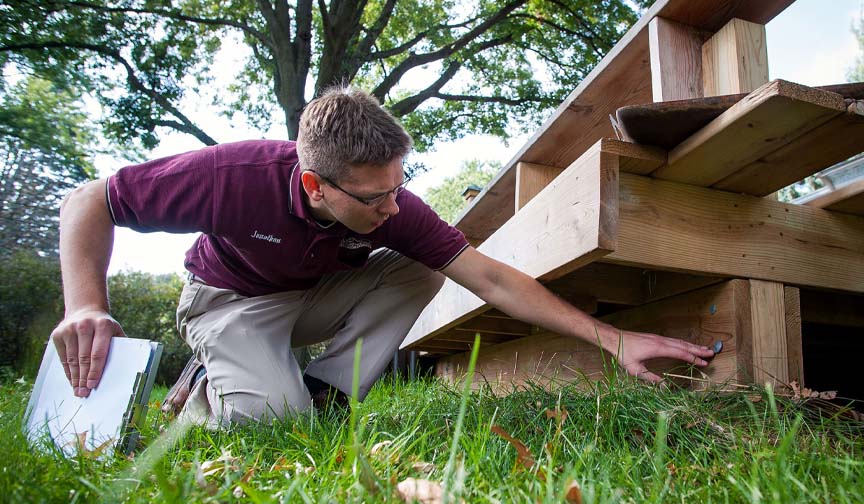
One-Year Builder’s Warranty Inspection
The sale of a newly constructed home typically includes a one-year warranty in which the builder is obligated to correct any problems encountered within the first year of ownership. It is wise to have a professional home inspection performed before the one-year warranty expires, one or two months before the expiration date, so you know exactly what needs to be corrected.
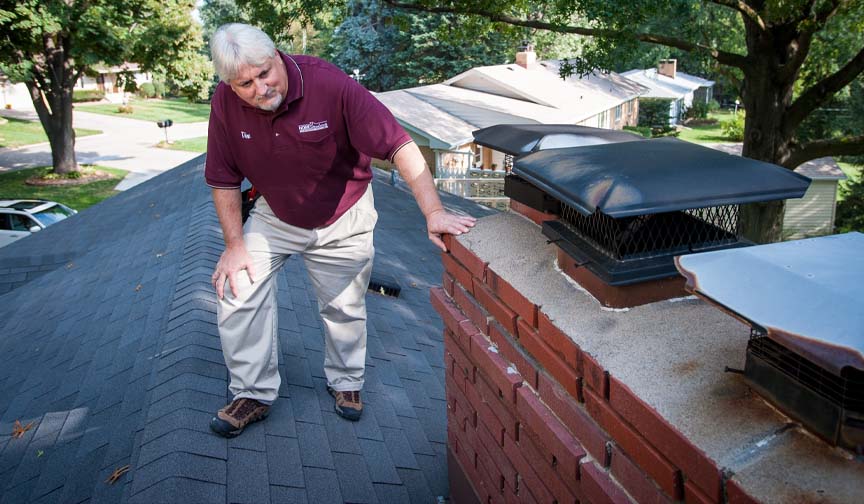
Post-Close Inspections
Having an inspection for information only is an option for buyers who still want all the information about that prospective new home, but are not interested in re-opening the negotiations between buyer and seller after the home inspection.
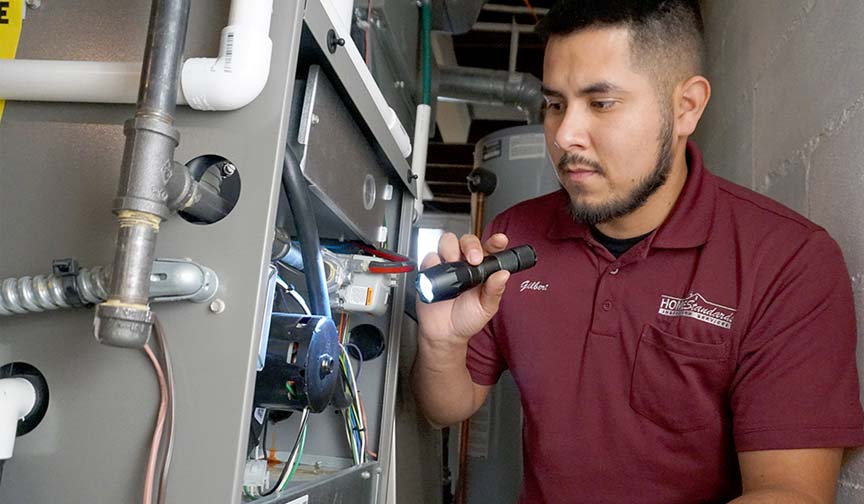
Information-Only Inspection
This type of inspection is an option for buyers who still want all the information about that prospective new home, but are not interested in re-opening negotiations between themselves and the seller.
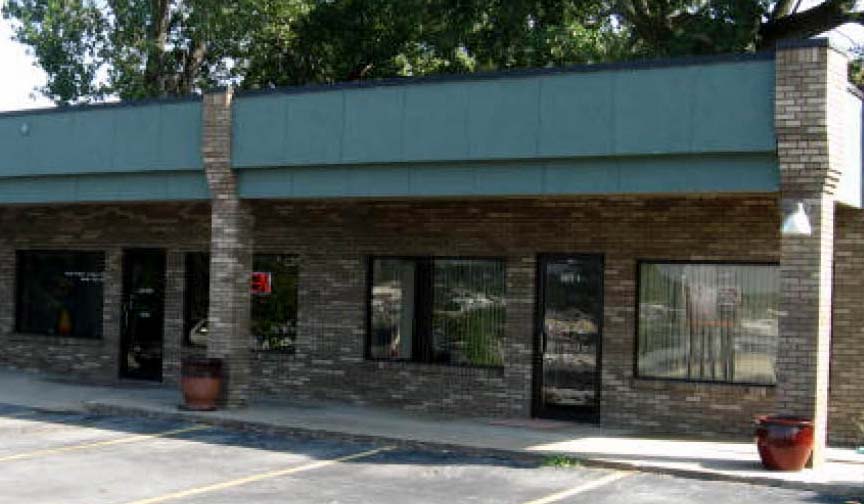
Commercial Building Inspections
We inspect a full range of building types, including, but not limited to: Office Buildings, Warehouses, Manufacturing, Strip Malls, Restaurant/Retail Shops, Apartment buildings/multifamily dwellings, and Churches
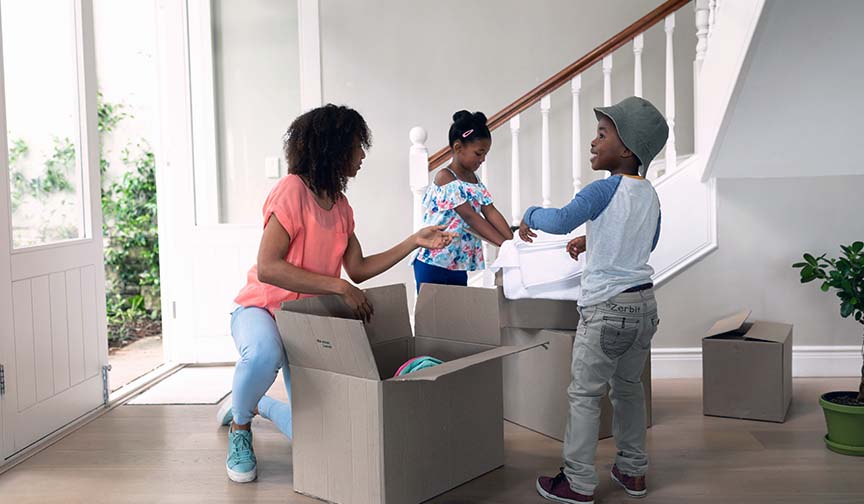
New Construction Inspections
Once your custom home is “finished”, the paperwork is signed and final payment is made to the builder, a homeowner’s recourse is limited. The builder may be reluctant or slow to come back and correct any problems. In cases where there is an arbitration clause in the contract and this situation occurs, the cost in time, money, and stress cause many people to abandon efforts to have the builder re-mediate construction defects.
